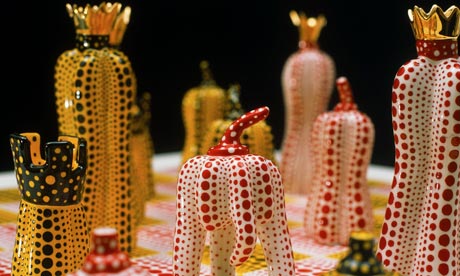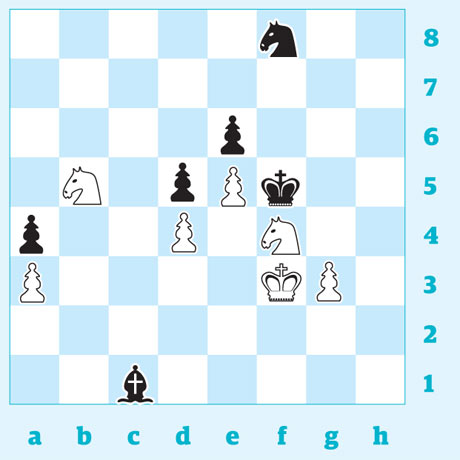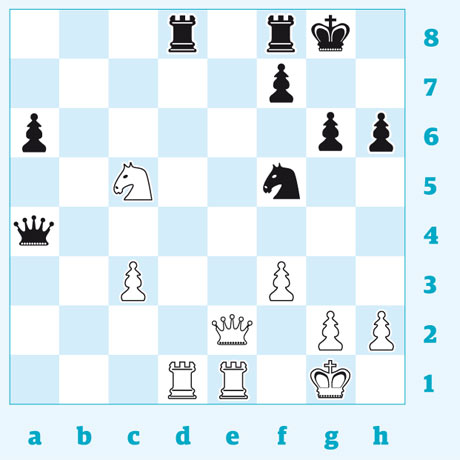Avoid These 3 Business Errors (They Weaken The Strongest Brands)
Comment Now
Follow Comments
In
business, every move you make speaks volumes about your brand. At its
core, a brand is a promise. Never let customers lose trust in that
promise.
During my career so far, I’ve seen people repeat the same counter-productive business moves. These mistakes give your competition a leg up and make you look like a novice.
Lean in, because you never want to make these errors:
1. Don’t Be A Copycat
It’s great to take good ideas and build on them, adapt them or simplify them. But if you flat-out copy what your competition does, it tells customers you don’t know what you’re doing.
Your customers aren’t stupid. They notice these things.
Copying also makes your customers question the authenticity of your brand. If you’re a true leader in your industry, let your passion and expertise speak for itself.
I was struck by this powerful sound-bite from Susan Waldman’s Washington Post column:
2. Never Give Your Competition Publicity
Almost all publicity is good publicity. Or, as Oscar Wilde put it:
This is another example of telling your customer that you don’t know what you’re doing.
In their book, The 22 Immutable Laws of Marketing, Al Ries and Jack Trout say it’s not important to be the first in the market, but it is important to be first in the mind of consumers (Law #3: The law of the mind).
When you spend time talking about a competitor, you’re donating your mindshare to them. Don’t do it.
3. Stop Using Outdated, In-Your-Face Tactics
I love the schoolyard taunt, “Sticks and stones may break my bones but words will never hurt me.” It’s a cliché that still holds true today.
What you say about your competitor will never hurt them. Why? Because you’re the “competitor’s competitor.” So everyone knows you’re biased!
If you’re a true leader in your industry, let your business prowess speak for itself.
Bashing your competitors also says you’re defeated and you’ve resorted to bullying. Not a good look.
What Should You Do? Cultivate Brand Authenticity!
Think about it: The most credible voice for your brand is your customers. Focus your attention on giving them the stage.
What I’ve always tried to master is enchanting my customers. I’ve found that what most enchants a customer is the authenticity of your brand.
But you’ll kill any chance to be authentic if you make any of those three mistakes.
The Bottom Line
Your competition will always try different tactics to beat you. The worst thing you can do is to get distracted or intimidated by it—and let them win.
Let them be the ones making these mistakes—not you.
What lessons would you add? Weigh in with a comment below…
During my career so far, I’ve seen people repeat the same counter-productive business moves. These mistakes give your competition a leg up and make you look like a novice.
Lean in, because you never want to make these errors:
1. Don’t Be A Copycat
It’s great to take good ideas and build on them, adapt them or simplify them. But if you flat-out copy what your competition does, it tells customers you don’t know what you’re doing.
Your customers aren’t stupid. They notice these things.
Copying also makes your customers question the authenticity of your brand. If you’re a true leader in your industry, let your passion and expertise speak for itself.
I was struck by this powerful sound-bite from Susan Waldman’s Washington Post column:
“Become the leader in serving your purpose—not a follower in serving someone else’s.”
Ironically, the biggest danger of copycat marketing is the risk of
perpetuating failed tactics. The competitor you’re copying may be
experimenting at your expense. They’ll be learning from their mistakes, but you won’t be.2. Never Give Your Competition Publicity
Almost all publicity is good publicity. Or, as Oscar Wilde put it:
“The only thing worse than being talked about is not being talked about.”
And the best kind of publicity is free publicity. Think
about it: You invest time and money on creating precious mindshare for
your brand. So why would you want to give that away for free to your
competitors?This is another example of telling your customer that you don’t know what you’re doing.
In their book, The 22 Immutable Laws of Marketing, Al Ries and Jack Trout say it’s not important to be the first in the market, but it is important to be first in the mind of consumers (Law #3: The law of the mind).
When you spend time talking about a competitor, you’re donating your mindshare to them. Don’t do it.
3. Stop Using Outdated, In-Your-Face Tactics
I love the schoolyard taunt, “Sticks and stones may break my bones but words will never hurt me.” It’s a cliché that still holds true today.
What you say about your competitor will never hurt them. Why? Because you’re the “competitor’s competitor.” So everyone knows you’re biased!
If you’re a true leader in your industry, let your business prowess speak for itself.
Bashing your competitors also says you’re defeated and you’ve resorted to bullying. Not a good look.
What Should You Do? Cultivate Brand Authenticity!
Think about it: The most credible voice for your brand is your customers. Focus your attention on giving them the stage.
What I’ve always tried to master is enchanting my customers. I’ve found that what most enchants a customer is the authenticity of your brand.
But you’ll kill any chance to be authentic if you make any of those three mistakes.
The Bottom Line
Your competition will always try different tactics to beat you. The worst thing you can do is to get distracted or intimidated by it—and let them win.
Let them be the ones making these mistakes—not you.
What lessons would you add? Weigh in with a comment below…












